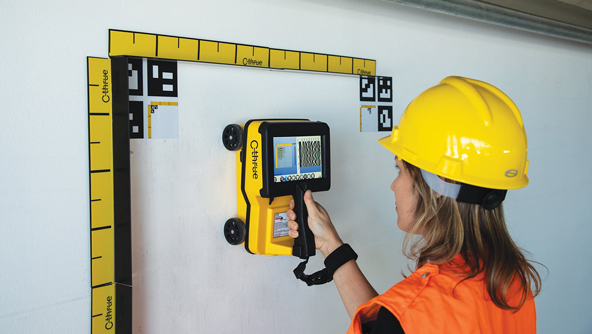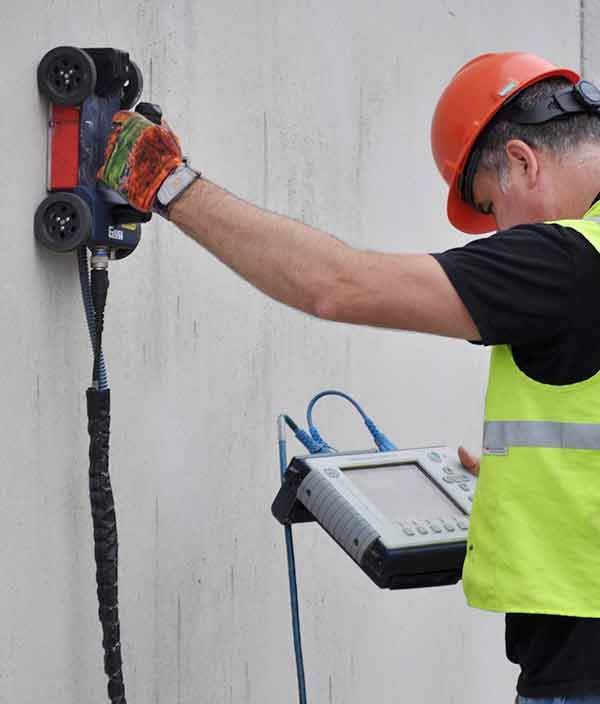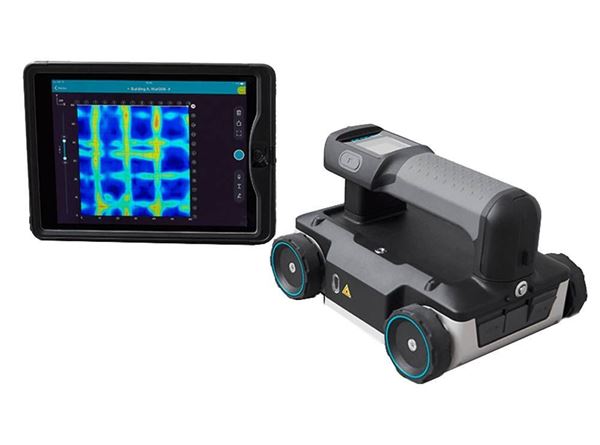RainierGPR Service Areas: Relied On Concrete Scanning Providers in Multiple Places
RainierGPR Service Areas: Relied On Concrete Scanning Providers in Multiple Places
Blog Article
Concrete Scanning: An Important Step Towards Ensuring Architectural Integrity and Security
In the world of building and construction and framework maintenance, the significance of concrete scanning can not be overemphasized. This careful process holds the key to introducing prospective risks concealed underneath the surface of apparently solid structures. By utilizing sophisticated technology and methods, concrete scanning functions as a pivotal device in making sure that the honesty and security of bridges and structures are supported to the highest possible requirements. Nevertheless, beyond its surface-level implications, the role of concrete scanning extends far much deeper than satisfies the eye.
Relevance of Concrete Scanning
Concrete scanning plays an essential role in guaranteeing the architectural honesty and safety and security of buildings and framework projects. By using advanced innovations such as ground-penetrating radar (GPR) and electro-magnetic induction, specialists can non-destructively inspect concrete structures to find possible defects, voids, embedded items, and support format. This procedure enables early detection of anomalies that could jeopardize the stability of a structure, stopping pricey problems and making certain the safety and security of occupants.
Before boring, cutting, or coring right into concrete, scanning helps determine the accurate areas of rebar, post-tension cords, and various other embedded aspects, minimizing the threat of unintended hits that might lead to architectural weak points. Additionally, concrete scanning aids in top quality control by confirming the thickness of concrete covers and discovering any kind of discrepancies that might impact the general sturdiness of the structure.
Innovation for Concrete Evaluation

Advantages of Very Early Detection
Prompt detection of architectural concerns can significantly minimize dangers and make sure the long life of building and construction projects. By identifying possible troubles at an early stage in the construction process, stakeholders can take positive measures to address issues before they escalate right into larger and a lot more pricey troubles. One of the key benefits of very early discovery is the avoidance of structural failures, which can present major safety and security risks and bring about task hold-ups and financial losses.
In addition, early detection enables prompt repairs and maintenance, which can aid expand the lifespan of the structure. By dealing with concerns immediately, construction groups can prevent expensive repair services or also the need for early replacement of structural parts. This proactive approach not only saves money and time but likewise boosts the total security and durability of the construction job.
In addition, very early detection can boost task planning and decision-making by giving stakeholders with valuable understandings into the condition of the framework. Armed with this information, project managers can make educated options concerning construction materials, approaches, and timelines, resulting in a lot more effective and effective task outcomes.
Ensuring Structural Security
Making sure discover here the architectural stability of a construction job is critical to its security and durability. Concrete scanning plays an important duty in making certain structural security by detecting possible concerns such as gaps, delamination, or reinforcement rust that could jeopardize the stability of the structure over time.
By utilizing advanced scanning technologies like ground-penetrating radar (GPR) and electro-magnetic induction, construction specialists can non-invasively evaluate concrete frameworks to recognize areas of concern below the surface. This proactive technique allows for the very early detection of flaws or weak points, making it possible for punctual repair work or support to stop architectural failures.
Regular concrete scanning during different building stages and throughout the life cycle of a framework can aid keep its security, minimize dangers, and ensure the security of passengers. By prioritizing architectural security via concrete scanning, construction projects can enhance their durability and toughness, inevitably adding to greater security and long life.
Protecting Against Vital Failings
To secure against devastating events, careful surveillance and aggressive upkeep are imperative in preventing vital failures within architectural frameworks. Spotting prospective problems prior to they rise is crucial to stop architectural failures. Executing routine assessments, such as concrete scanning, can reveal concealed issues like spaces, fractures, or rust that can compromise the integrity of a structure. By making use of advanced scanning innovations like Ground Passing through Radar (GPR) or Concrete X-ray, designers can non-destructively evaluate the problem of concrete and identify weak factors that require reinforcement or repair service - RainierGPR Service Areas.

Conclusion
Finally, concrete scanning plays a critical duty in making certain structural integrity and safety by utilizing innovative technology for early detection of prospective issues. This learn the facts here now proactive method assists prevent critical failings and ensures the stability of structures. It is essential to focus on concrete inspection as a basic technique to protect the longevity and security of structures and infrastructure.
Concrete scanning plays an essential role in ensuring the architectural honesty and safety of structures and facilities tasks. Additionally, concrete scanning aids in quality control by verifying the density of concrete covers and detecting any type of discrepancies that may influence the general longevity of the structure. Concrete scanning plays an important function in making sure structural stability by identifying prospective concerns such as spaces, delamination, or support rust that might compromise the honesty of the framework over time.

In conclusion, concrete scanning plays an essential function in guaranteeing structural integrity and safety by using innovative technology for early detection of possible problems.
Report this page